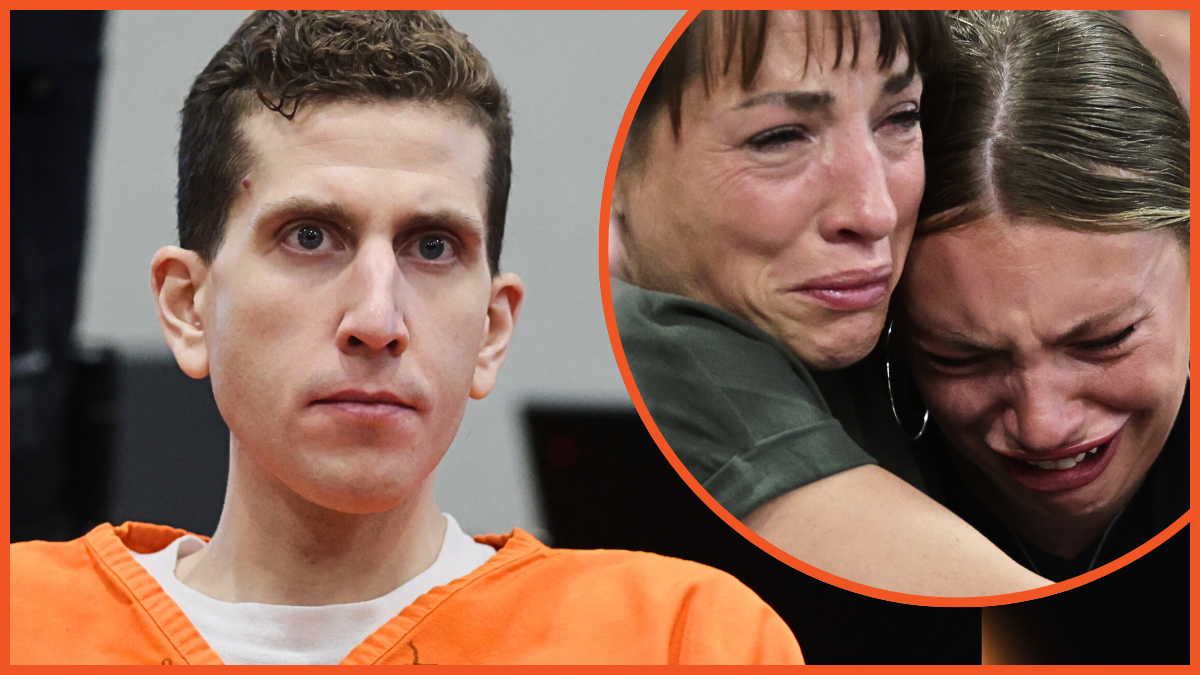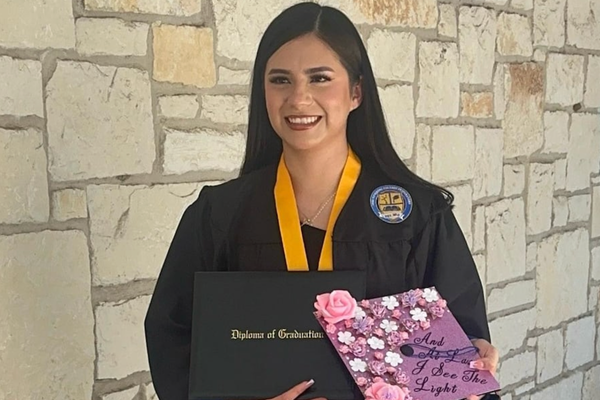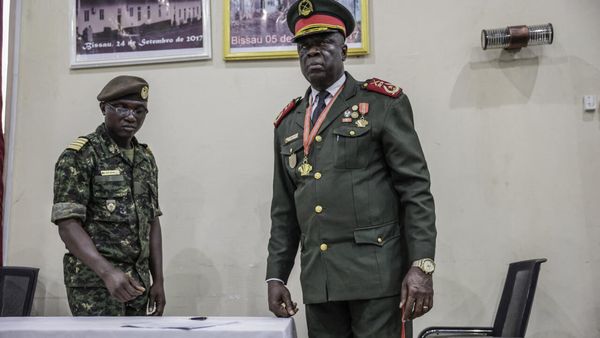
Recently released documents related to the Idaho 4 murder investigation shed new light on what a surviving roommate heard in the house at 1122 King Road on the night of the crime.
This detail suggests Bryan Kohberger targeted at least one victim, even though prosecutors have said they were unable to definitively prove a link between Kohberger and the four University of Idaho students he murdered in the house.
Until now, it had been widely reported that the surviving Idaho roommate, Dylan Mortensen, heard who she thought was one of Kohberger’s victims, Kaylee Goncalves, saying, “There is someone here.” Then Mortensen said she heard crying and a male voice coming from upstairs, saying, “It’s OK, I’m going to help you.” This detail was included in a probable cause affidavit released in January 2023, when police were working from Mortensen’s initial memory of a chaotic, traumatic event, without additional corroborating evidence.
In addition to Goncalves, Kohberger murdered Xana Kernodle, Ethan Chapin, and Maddie Mogen that night. After Mortensen heard, “It’s OK, I’m going to help you,” she told police she saw a masked man fitting Kohberger’s description walk by her and leave the house.
Kohberger pleaded guilty in July to the quadruple murder and is now serving four consecutive life sentences in Idaho.
“It’s OK Kaylee, I’m here for you”
"It's okay Kaylee. I'm here for you."
— Paula Neal Mooney (@PAULANEALMOONEY) August 15, 2025
What the fudge? Bryan Kohberger said Kaylee's name? pic.twitter.com/7xLIt2dXP0
Now, with Kohberger behind bars and the gag order lifted, Idaho officials have released thousands of documents in the case.
In one, “It’s OK, I’m going to help you,” which Mortensen confirmed was said by a man but was not said by Chapin, was clarified to “It’s OK Kaylee, I’m here for you,” meaning if it was Kohberger — the only other man in the house at the time — he knew Goncalves’ name.
The reason for the discrepancy is unclear. Mortensen’s original recollection may have been incomplete or misinterpreted in the moment, and the “help” phrase may have been her best interpretation at the time.
As the case progressed, investigators may have pieced together a more precise reconstruction, one that included the spoken name, either from her follow-up interviews or other corroborating evidence.
Some answers remain elusive
As mentioned, prosecutors have not been able to definitively link Kohberger to the victims or even determine a motive because there was no clear evidence of prior personal contact, such as text messages, social media exchanges, or mutual acquaintances. While cellphone tower data showed Kohberger’s phone in the vicinity of the victims’ house multiple times before the murders, it did not prove he knew them or had been inside.
Investigators also found no DNA belonging to the victims in his car or apartment, limiting proof of a direct relationship. However, some evidence suggests the attack may have been targeted: his repeated late-night drives past the King Road home, data showing he circled the area before the murders, and alleged social media activity involving one or more victims. Now, reports that Kohberger knew Goncalves’ name can be added to that list.







